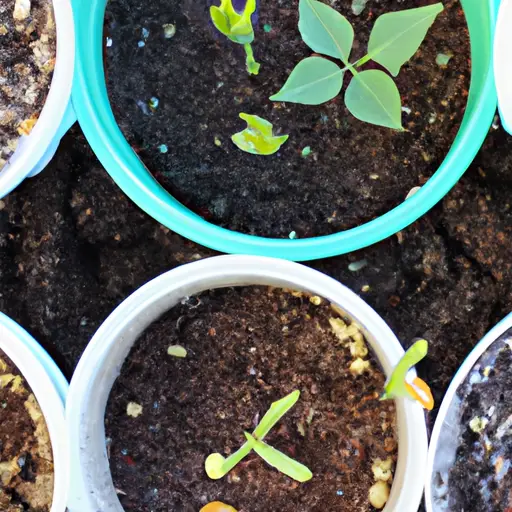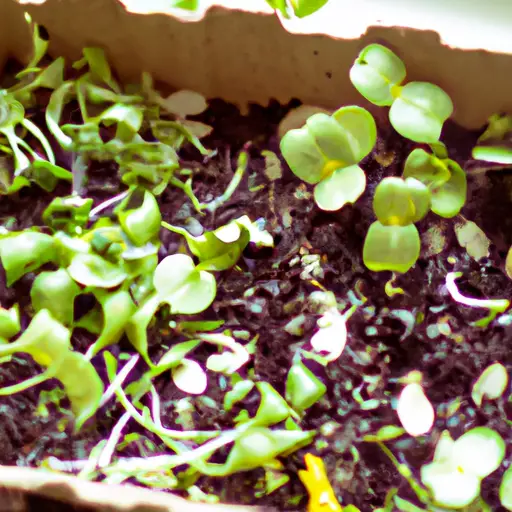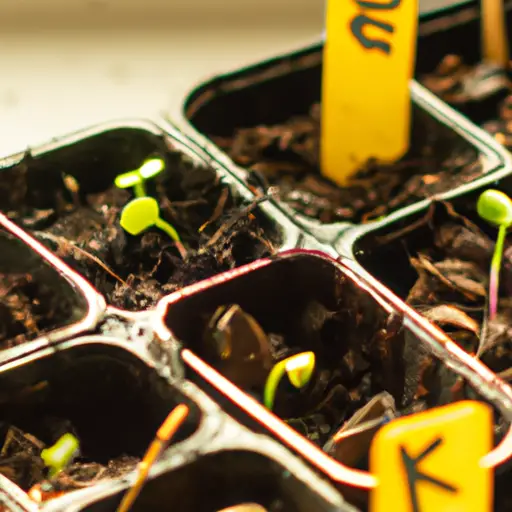From Seed to Bloom: Nurturing Plants in Containers
There is a certain sense of joy and satisfaction that comes from cultivating plants, whether it’s a lush garden outdoors or a mini oasis indoors. For those who have limited outdoor space or are looking to bring some greenery into their homes, container gardening is the perfect solution. With the right techniques and care, you can successfully nurture plants from seeds to beautiful blooms in containers. In this article, we will explore the process of growing plants in containers and share some valuable tips to ensure their thriving growth.
Choosing the Right Container
The first step in nurturing plants in containers is selecting the appropriate vessel. The choice of container greatly depends on the specific plant you intend to grow. Clay pots are popular due to their breathability, allowing excess moisture to evaporate more efficiently. However, they can dry out quickly and require frequent watering. Plastic containers are lightweight, less prone to drying out and generally cheaper than clay pots but may not offer as much breathability. Additionally, fabric or self-watering containers provide excellent drainage while maintaining an ideal moisture level for plant roots.
Soil Selection
Next, choosing the right soil is crucial for successful container gardening. Regular garden soil may not be suitable as it often contains pests or diseases that can harm your plants. Opt for potting mixes specifically formulated for container gardening; these mixes have better drainage capacity and retain adequate moisture levels while also providing essential nutrients.
Seed Selection and Planting
Once you have your containers ready and filled with soil, it’s time to select your seeds or seedlings. Consider factors like light requirements, temperature preferences, and space requirements before making your selection. Some popular choices for container gardening include herbs like basil and parsley, colorful flowers like petunias or marigolds, or even vegetables like tomatoes or peppers.
When planting seeds directly into containers, make small holes according to the instructions on the seed packet and place the seeds inside. Be mindful not to overcrowd the containers, as this can lead to competition for nutrients and stunted growth. Gently cover the seeds with soil, ensuring they are not buried too deep. Water thoroughly after planting, preferably from the bottom to avoid disturbing the seeds.

Light and Temperature Conditions
Light is crucial for plant growth, so choosing an ideal location for your containers is essential. Most plants require at least six hours of direct sunlight each day, so place your containers in an area where they can receive adequate light. If you have limited access to sunlight indoors, consider using artificial grow lights to supplement their needs.
Temperature also plays a significant role in plant growth. Ensure that your plants are exposed to temperatures within their preferred range. Many plants thrive in temperatures between 65-75°F (18-24°C), but it’s important to research the specific needs of each plant you grow.
Watering and Fertilizing
One of the most critical aspects of container gardening is ensuring that your plants receive adequate water. Due to their limited soil volume, container roots can dry out quickly, making regular watering crucial. However, overwatering can be equally harmful as it may lead to root rot or other diseases.
To determine when your plants need water, insert your finger about an inch into the soil; if it feels dry at this depth, it’s time to water. Water thoroughly until it drains out of the container’s drainage holes.
As for fertilizing, container-grown plants often require additional nutrients since they cannot access organic matter present in garden soil. Use slow-release fertilizers or liquid fertilizers according to the instructions provided by manufacturers based on plant type and growth stage.
Pest and Disease Management
Even with proper care, pests and diseases can affect container-grown plants. Regularly inspect your plants for any signs of pests like aphids or spider mites. If detected early, these issues can often be resolved with organic pest control methods such as neem oil or insecticidal soap.

In terms of disease prevention, ensure proper air circulation around the containers and avoid overcrowding. Promptly remove any diseased or dying plant material to prevent the spread of infections.
Monitoring and Care
Regular monitoring is essential for successful container gardening. Keep an eye out for any signs of stress, nutrient deficiencies, or overgrowth. Prune plants as needed to encourage fuller growth and remove any dead or damaged foliage.
Additionally, rotate your containers occasionally to ensure even sunlight exposure on all sides of the plants. This prevents uneven growth and encourages more balanced development.
Conclusion
Container gardening provides an excellent opportunity to nurture plants, even for those with limited outdoor space or no yard at all. By choosing the right containers, soil, seeds, and providing suitable light and temperature conditions along with regular watering and fertilizing, you can watch your plants thrive from seeds to beautiful blooms. Remember to monitor for pests and diseases while also providing regular care in the form of pruning and rotating containers. With dedication and patience, your container garden will bring you joy in the form of vibrant colors, fresh herbs, or even homegrown vegetables.













